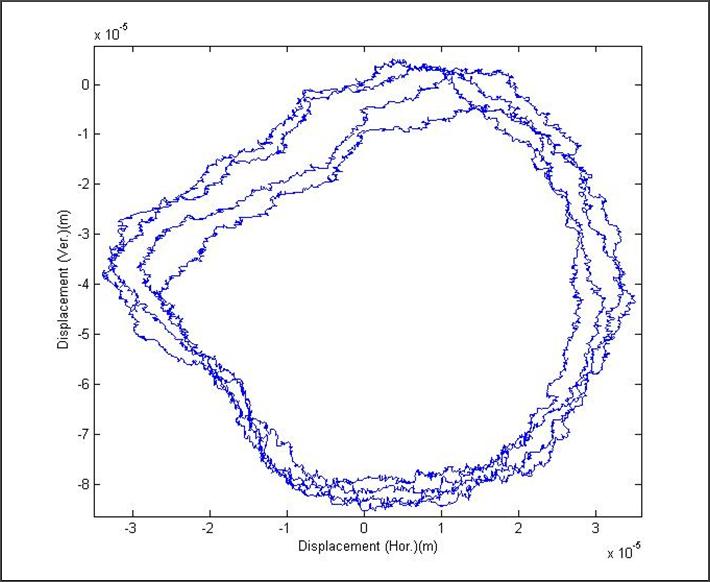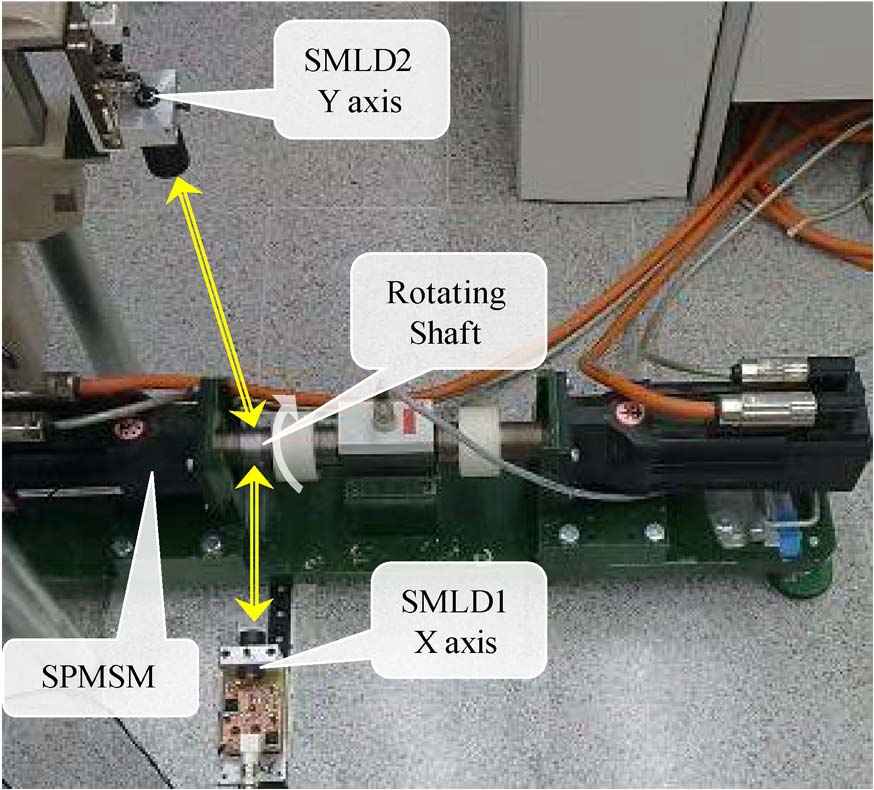Centre for Sensors, Instruments and Systems Development
Universitat Politècnica de Catalunya
Shaping light to your needs




News
11/20/2013
back
Shaft Trajectory Analysis in a Partially Demagnetized Permanent-Magnet Synchronous Motor
In volume 60 of the journal "IEEE Transactions on Industrial Electronics," researchers from MCIA Research Center and CD6 have published the results of a joint project on the application of optical techniques for monitoring, diagnose and fault detection in all kinds of rotating axes. The avantage of the proposed technology is based on factors such as reliability, robustness or non-contact measurement of the shaft trajectory. The work, patent protected, is based on a new concept of laser interferometry very compact, low cost and robust. Despite being a specific study, the interest lies in the large number of applications in areas such as industry, transportation security, energy production, etc..Below you can find the full reference of the paper and its abstract:
Urresty, J.C., Atashkhooei, R., Riba, J-R., Romeral, L., Royo, S.(2013): "Shaft Trajectory Analysis in a Partially Demagnetized Permanent-Magnet Synchronous Motor". "IEEE transactions on industrial electronics", Agost 2013, vol. 60, núm. 8, p. 3454-3461.
Abstract:
Demagnetization faults have a negative impact on the behavior of permanent-magnet synchronous machines, thus reducing their efficiency, generating torque ripple, mechanical vibrations, and acoustic noise, among others. In this paper, the displacement of the shaft trajectory induced by demagnetization faults is studied. It is proved that such faults may increase considerably the amplitude of the rotor displacement. The direct measure of the shaft trajectory is performed by means of a noncontact self-mixing interferometric sensor. In addition, the new harmonics in the back electromotive force (EMF) and the stator current spectrum arising from the shaft displacement are analyzed by means of finite-element method (FEM) simulations and experimental tests. Since conventional finite-element electromagnetic models are unable to predict the harmonics arising from the shaft trajectory displacement, an improved finite-element model which takes into account the measured trajectory has been developed. It is shown that this improved model allows obtaining more accurate back EMF and stator current spectra than those obtained by means of conventional models. This work presents a comprehensive analysis of the effects generated by demagnetization faults, which may be useful to develop improved fault diagnosis schemes.
Extranet
CD6 Centre for Sensors, Instruments and Systems Development
Rambla de Sant Nebridi, 10 · 08222 · Terrassa (Barcelona)
Rambla de Sant Nebridi, 10 · 08222 · Terrassa (Barcelona)



